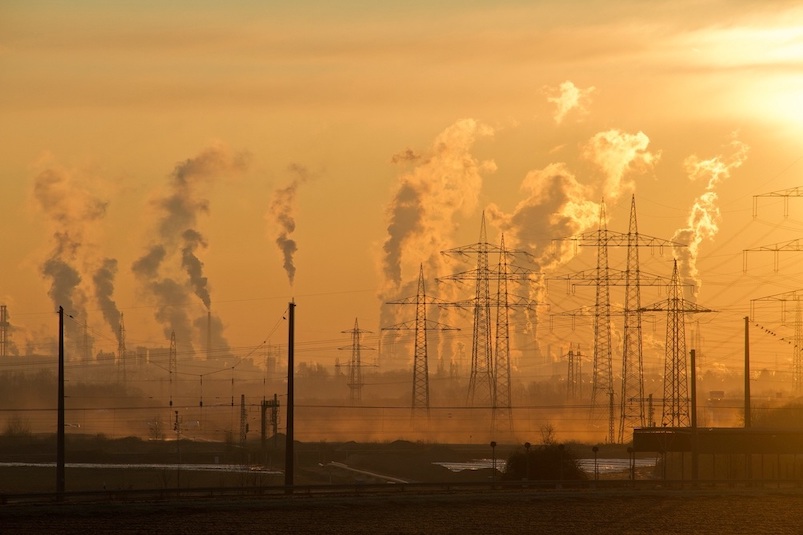Air pollution is one of the most significant environmental challenges facing the world today, with severe consequences for human health and the environment. The issue of air pollution is particularly acute in India, where millions of people are exposed to high levels of pollution every day. The country has been struggling to control the impact of air pollution on its citizens and the environment for years, with little success.
According to a recent report by IQAir, India is home to 39 of the world’s 50 most polluted cities. The country is now considered as the eighth most polluted nation in the world. The report highlights the dire consequences of breathing polluted air, including various health issues such as respiratory diseases, heart disease, stroke, and lung cancer. Air pollution also affects the environment, leading to crop damage and acid rain, which affects water quality and biodiversity.
Bhiwandi, Rajasthan the most polluted City in India
Bhiwandi in Rajasthan has been found to be the thrid most polluted city in the world, and the most polluted city in the country. The city, known as the industrial town in Alwar district of Rajasthan ranked first for its pollution in 2022. The city’s air quality is characterized by high levels of particulate matter (PM10 and PM2.5), sulfur dioxide (SO2), and nitrogen dioxide (NO2), which pose a severe threat to the health and wellbeing of its residents.
The adverse effects of pollution on the health of the residents of Bhiwandi are well documented. Exposure to high levels of air pollution has been linked to respiratory diseases, cardiovascular diseases, and cancer. Children and the elderly are particularly vulnerable to the health effects of air pollution, and studies have shown that exposure to polluted air can have a significant impact on their cognitive development and overall quality of life.
In addition to its impact on human health, pollution in Bhiwandi also has severe consequences for the environment. The toxic pollutants emitted by industries in the city contribute to the degradation of air, water, and soil quality, leading to a loss of biodiversity and the destruction of ecosystems.
Air Pollution in Delhi
Delhi, which ranked first in the list of the most polluted cities in the world for a long time, ranked fourth this year in the report, which analyzed data from over 106 countries, ranked cities based on their average annual levels of fine particulate matter (PM2.5) in the air. Delhi recorded an average PM2.5 concentration of 98.6 micrograms per cubic meter, nearly ten times higher than the World Health Organization’s (WHO) safe limit of 10 micrograms per cubic meter.
The alarming levels of pollution in Delhi can be attributed to several factors, including vehicular emissions, industrial activities, construction dust, and crop burning in nearby states. The problem is particularly acute in winter, when a phenomenon known as the “smog season” envelops the city. During this time, the air quality deteriorates to hazardous levels, posing a severe health risk to the city’s residents.
National Clean Air Program
The Indian government has launched several initiatives in recent years to combat air pollution. The “National Clean Air Program,” launched in 2019, aims to reduce PM2.5 and other pollutants by 20-30% by 2024. The government has also introduced measures such as the odd-even scheme, which restricts the use of private vehicles on alternate days, and the implementation of Bharat Stage VI emission norms, which require vehicles to meet stringent pollution control standards.
To aid the official effort, the individuals too have contributed significantly to the cause by initiatives such as carpooling, reducing energy consumption, and planting trees.
While these efforts are laudable, they are not nearly enough to combat the level which pollution has reached. Avinash Chanchal, campaign manager at Greenpeace India, said the findings, particularly 39 out of the top of the world’s most polluted cities being Indian, show that the air quality in India is in a dire state. “The government needs to take urgent action to reduce air pollution, and stricter regulations, particularly on the industrial and vehicular sectors, are the need of the hour. Additionally, investments in the renewable energy sector in a decentralised manner should be a priority moving ahead,” he said.


